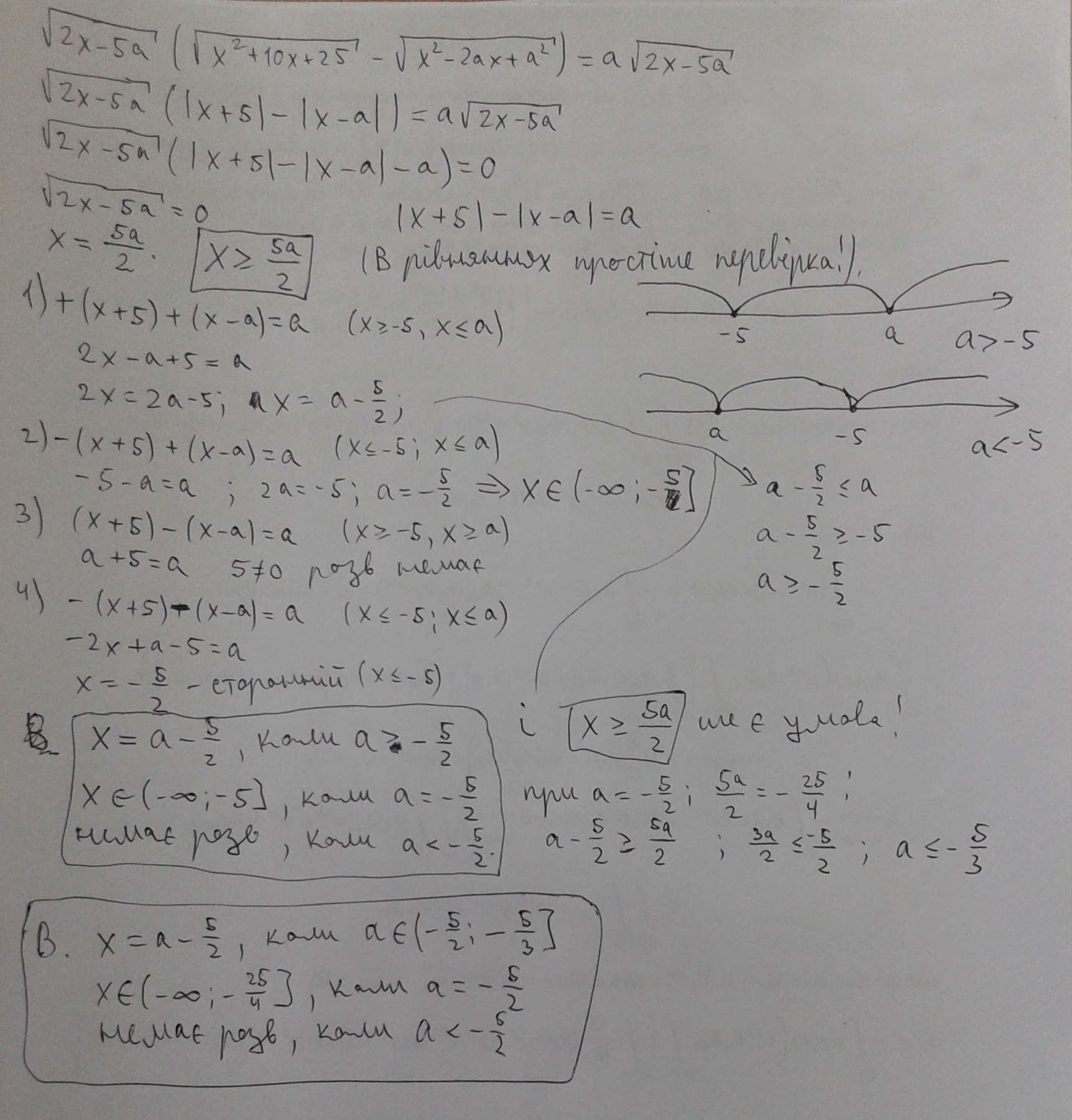
Probne Zno 2013 Angljsjka Mova Zavdannya Vdpovd
Probne ZNO 2012 z matem.[by Oleksiy Liaskivskiy].djvu 2.3 MB 喜欢: Probne 2012 matem Oleksiy Liaskivskiy djvu 【软件】 probne _zno_2016_ukr_mova_i_lit.exe.torrent.
Brand advair diskus women buy no prescription eskazole albenza [url='prescription eskazole albenza[/url] no prescription eskazole albenza buy accutane overnight generic cheap [url='accutane overnight generic cheap[/url] buy accutane overnight generic cheap flexpen purchase astelin [url='purchase astelin[/url] flexpen purchase astelin order prescription cheap azulfidine [url='prescription cheap azulfidine[/url] order prescription.
Selected properties of photovoltaic (PV) structures based on n-type zinc oxide nanorods grown by a low temperature hydrothermal method on p-type silicon substrates (100) are investigated. PV structures were covered with thin films of Al doped ZnO grown by atomic layer deposition acting as transparent electrodes. The investigated PV structures differ in terms of the shapes and densities of their nanorods.
The best response is observed for the structure containing closely-spaced nanorods, which show light conversion efficiency of 3.6%. Introduction Solar cells are intensively studied as an alternative energy source and may replace conventional energy sources based on fossil fuels in the future. Cod5 private server patch 17 download. Since the first photovoltaic (PV) structures were shown by the Bell Laboratories in the 1950s [], concentrated efforts led to the development of a range of possible PV systems. Nowadays multi-junction photovoltaic structures have an efficiency beyond 40% under laboratory conditions [–]. Typical PV structures achieve an efficiency of about 20% for crystalline silicon [] and about 16% for cadmium telluride []. Unfortunately, the high costs of the generated electricity prevents that PV systems are more widely spread. The interest in photovoltaic (PV) structures stems from the fact that solar cells are environmentally friendly, rather than from the low costs of energy production.
To reduce these costs, efforts to improve efficiency and a concentrated search for cheaper materials and structures are undertaken. Wide band gap semiconductors have been studied since the 1930s [], and several applications have been found in the past decades. For example, they are used in PV systems based on thin films, so-called PV structures of the second generation [–]. At the moment, zinc oxide is the most studied wide band gap material [–]. ZnO has a 3.37 eV direct band gap at room temperature [] and a high excitation binding energy of 60 meV. It is intensively studied for light emitters in the near-UV region of the spectrum [–], or for spintronic applications [–], since ferromagnetic thin films of ZnO can be used to store data for a long period of time [].
In PV structures, ZnO can replace the commonly used indium tin oxide (ITO) as a transparent electrode. Thin films of ZnO doped with aluminum (ZnO:Al, AZO) or gallium (ZnO:Ga, GZO) obtained by various deposition methods, show a resistivity of the order of 10 −4 Ωcm and a high transparency [–].
Due to these properties and the low costs of ZnO and deposition methods, ZnO:Al films may be used in PV structures as a replacement for expensive ITO layers [–]. One-dimensional (1D) nanostructures such as nanorods attracted a lot of attention due to their ability of being used as building blocks for future electronic, photonic, electromechanical and PV devices [–]. Many research groups have been working on various 1D semiconductor systems for the past few years [–]. In this work, we study PV structures based on zinc oxide nanorods grown by a hydrothermal method on top of p-type Si, covered on top with ZnO:Al films grown by atomic layer deposition (ALD) and acting as a transparent electrode. These simple and low costs solar cells show a power conversion efficiency, which we consider satisfactory. Experimental In this work, we investigate n-type ZnO/p-type Si heterostructures. P-type (100) silicon wafer with a resistance of 2.32 Ω cm was cut into pieces of the size of 0.5 cm 2.
Cut silicon pieces were cleaned in 2-propanol, acetone and deionized water for 5 minutes by using an ultrasonic cleaner. Then, in the ALD process with 15 cycles, ZnO nanoseeds were deposited on a Si substrate ().